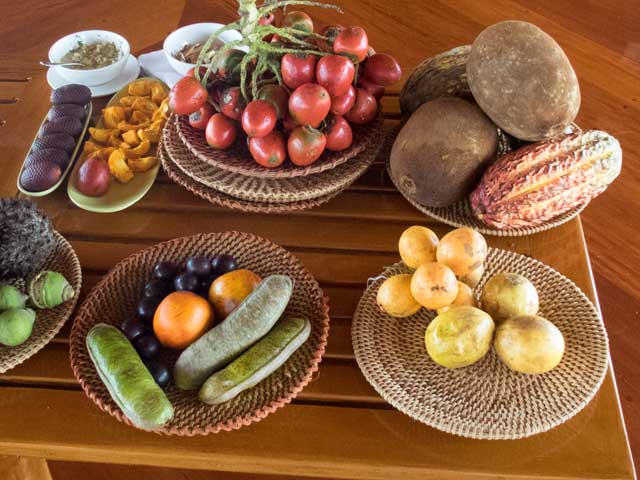
The table bearing the fruits of the Amazon.

Javier gave a “cooking show” with examples of rainforest produce that included tastings as appropriate. The meals aboard have included many of these. I took copious pictures and notes (which will be used to compose the captions for the photos). Lunch had a cocona theme going and was the most distinguished meal yet – fish with vegetables wrapped in leaves with cocona sauce. The dessert was mixed fruit pieces also wrapped in leaves with syrup served on the side and was very tasty.
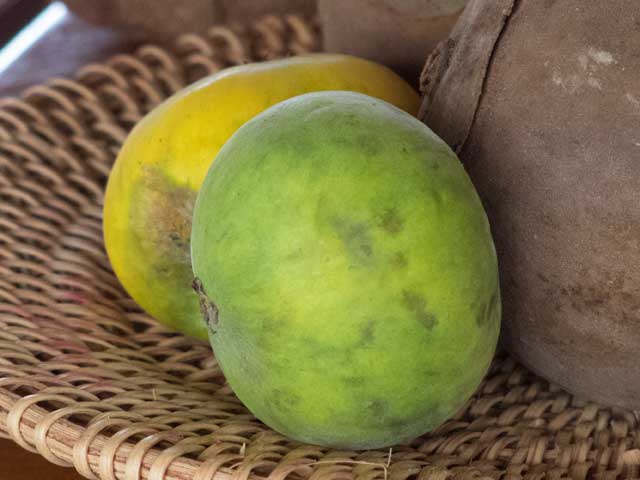
Brazilian guava (Psidium guineense) - peach-like fuzz, very sour, astringent taste.
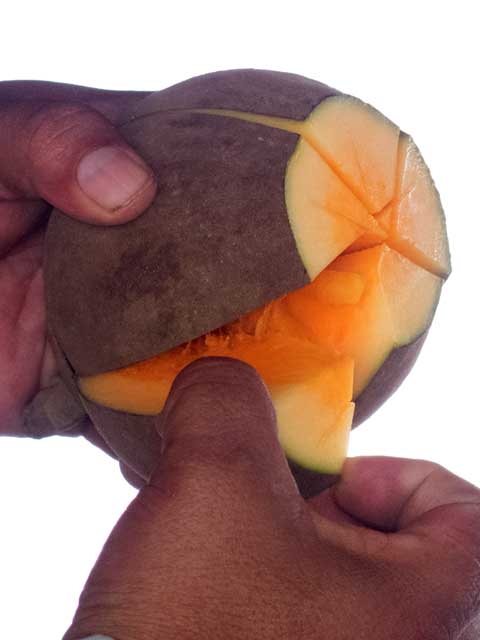
Sectioning a zapote (Quararibea cordata) - there are five large seeds that he's cut around.
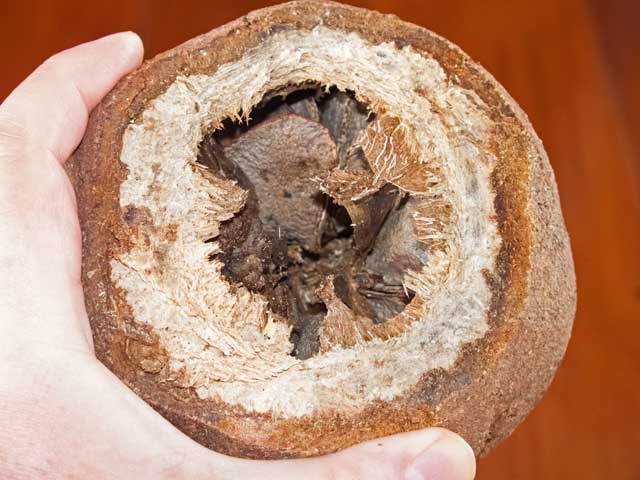
Brazil nuts - those sections inside are what I remember from the mixed nut selections around the holidays.
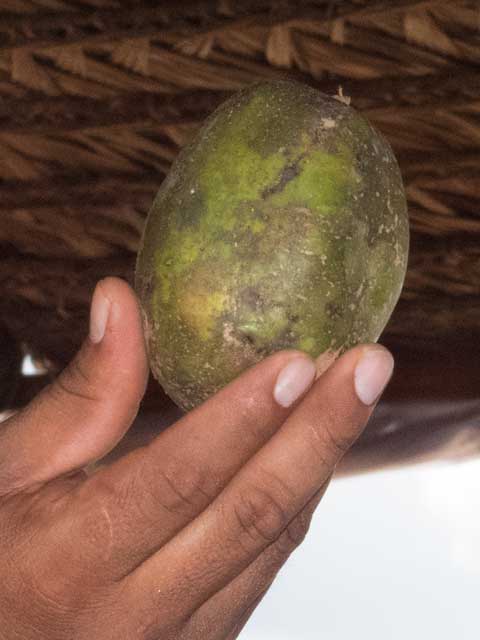
Taperiba (Spondias mombin) - sort of like a cross between a plum and a mango.
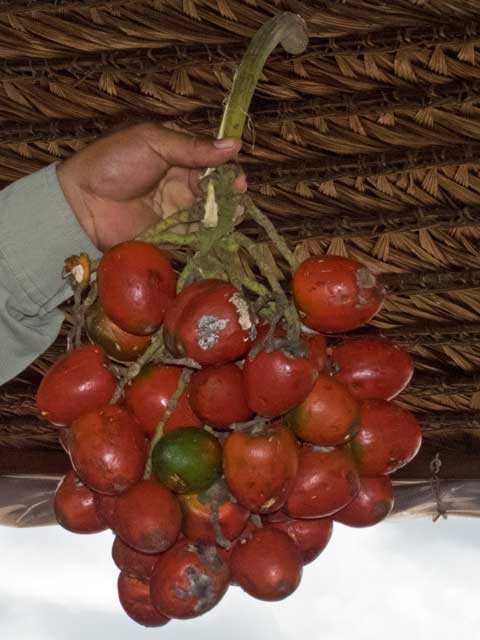
Pijuayo (Bactris gasipaes) or peach palm.
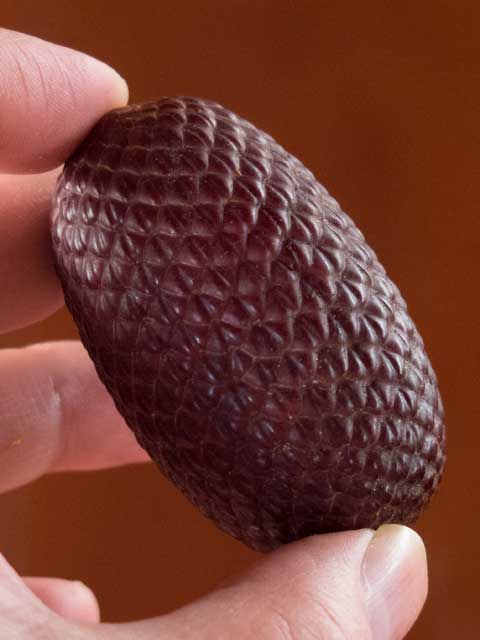
Aguje (Mauritia flexuosa) - also fruit of a palm.
Ivory palm (Phytelephas macrocarpa); the jello-like sections are translucent with not much flavor. When dried, the section is hard, white, and used to make handicrafts. Jonathan used ivory palm as the eyes of the ladybug box for Harris.
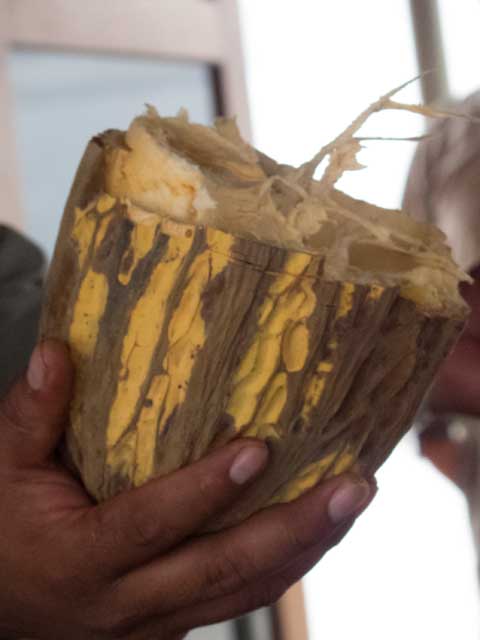
Mocambo (Theobroma bicolor) - tastes like banana and pineable, fragrant.
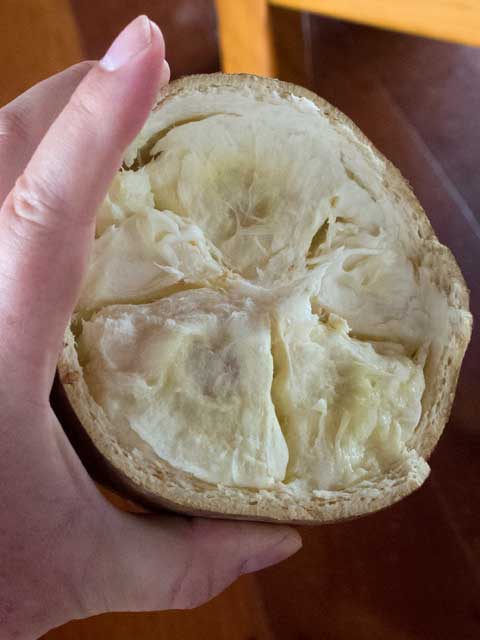
Copoasu (Theobroma grandiflorum) - looks like mocombo, but seeds are not edible.
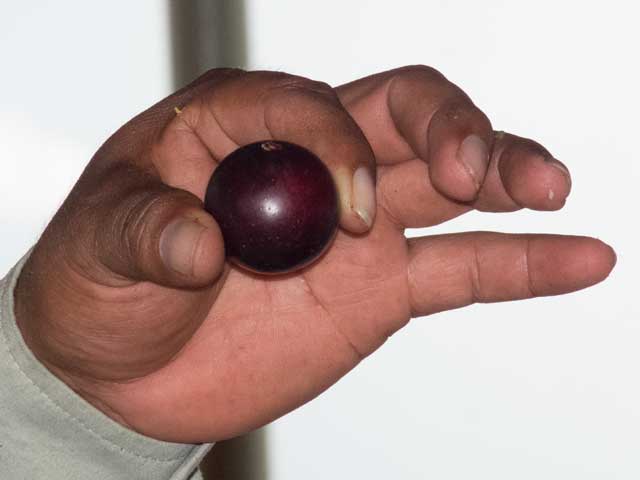
Camucamu (Myrciaria dubia) - grows in the flooded forest, very sour, high in vitamin C.
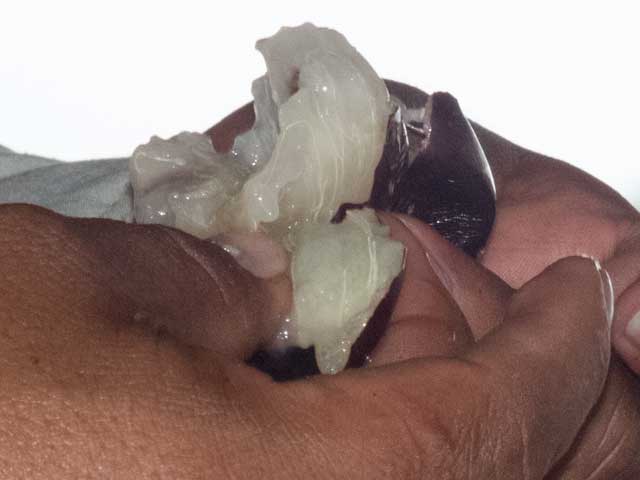
Like red grapes, the skin provides a pink color to the juice; used to make a Pisco sour variant - a camucamu sour.
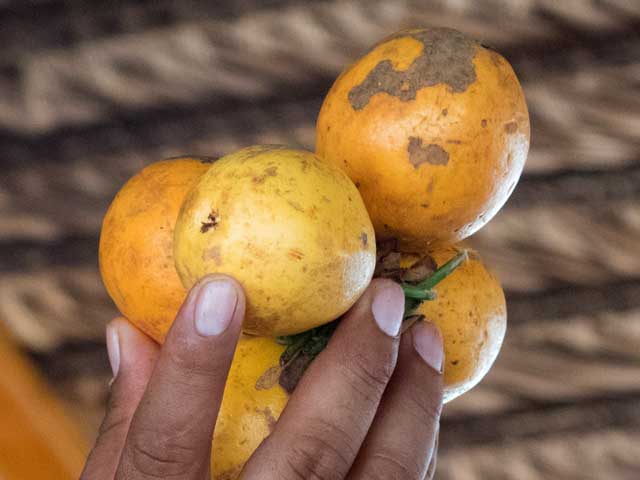
Granadilla (Passiflora ligularis) - a smaller passionfruit relative.
